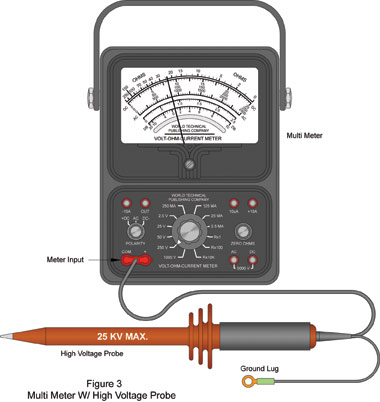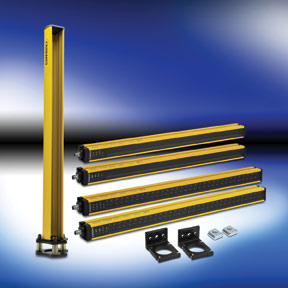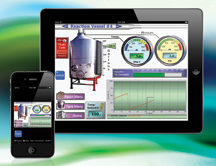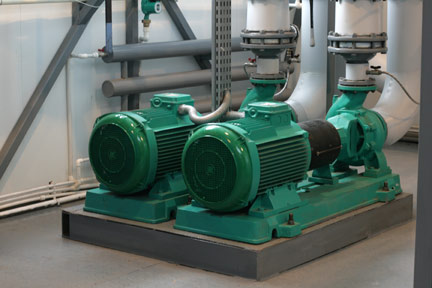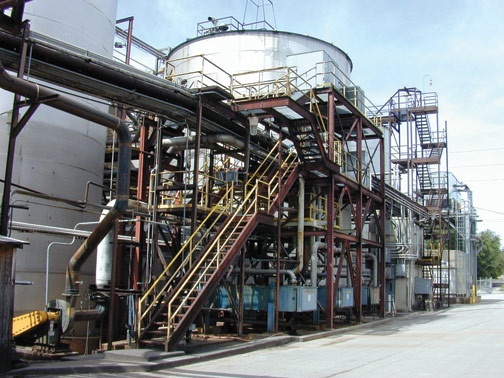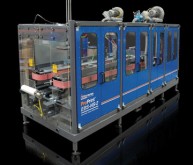+Tech TopicsAutomation NotebookCircuit ProtectionIssue 19 – 2011Learning ResourcesNotebook IssueProductTechnology Brief
Electrical Arcs (Part 2 of a 2 Part Series)
In Part One of this article we discussed the equipment and procedures used to manage the damaging effects of arcs in electrical equipment. In Part Two, we will discuss some of the basic methods, tools, components and circuits that should be used to operate safely around circuits with high arc potential. Part One can be…


